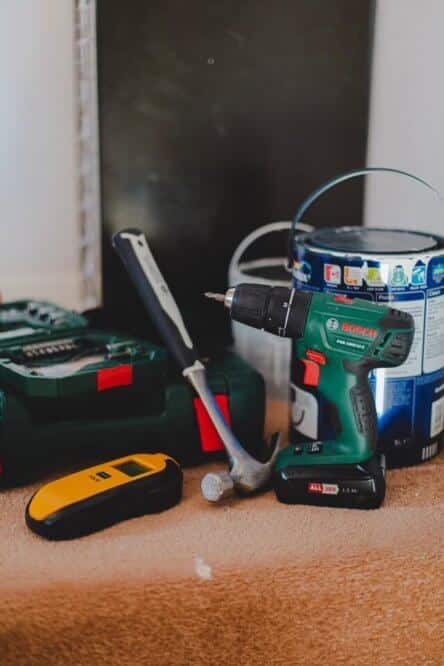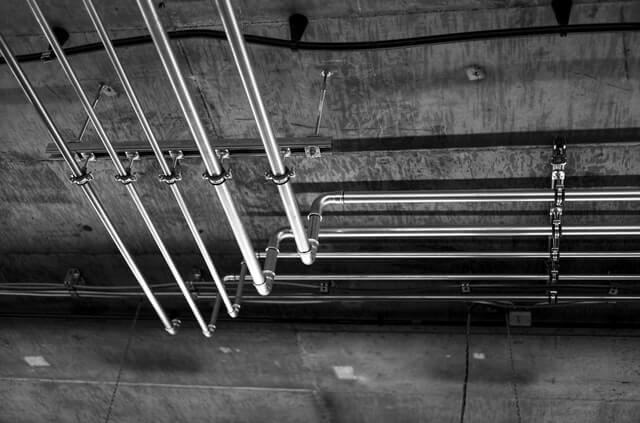You don’t have to be a plumbing expert to realize when the PVC pipes in your home or in your office are leaking. What is even better, our job today is to teach you how to fix PVC leak without calling a plumber.
After all, if you have the right tools, and if you know how to prepare pipes, it will take minimum time to fix the leak.
As some people care of the budget, we have the great news for you – PVC pipe leak is a much more budget friendly option than repairing copper pipes.
However, you would have to intervene quickly as ignoring the issue at the first stage will require total remodeling, which is a costly repair that will make you strain your pockets.
3 Reasons for the PVC Pipe Leak
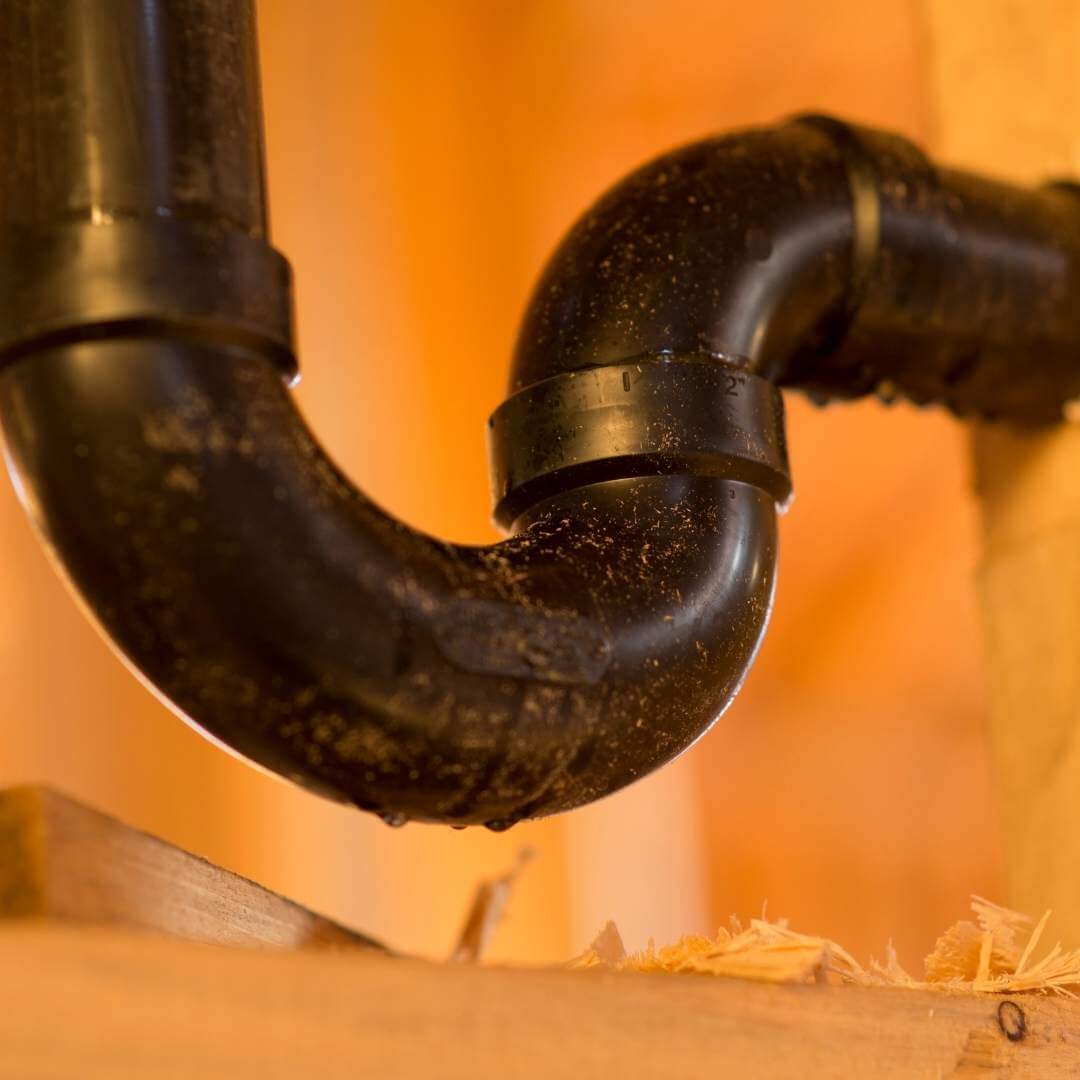
Those of you who are a bit of an investigator would probably want to know the reasons for the PVC pipe leak in their home/office, and here they are:
-
Poor workmanship
Unfortunately, paying a solid amount of money to an expert to install PVC pipes in your home is not a guarantee you will get what you pay for.
Loose ends are the number one reason for PVC leaks, but you can’t know there is an issue until you notice water drops or a puddle under the pipe.
-
The glue
If you are installing PVC pipes in your home, you should keep in mind you need the correct type of a PVC glue.
Yet, as a plumber would usually do this task and you are probably unfamiliar with PVC glues, chances are small you would know if they are using the right product.
On the other hand, PVC glue is a finite product, and it would wear out eventually.
-
Defective pipes or fittings
Sometimes, the leaking of PVC pipe relates to joints and fittings.
When you have such a situation, it is highly likely you would have to replace the defective parts.
Luckily, just as we promised, this repair won’t make you all sweaty if you stick to our tool recommendations and the right replacement parts.
How to Fix PVC Leak : Early Stage
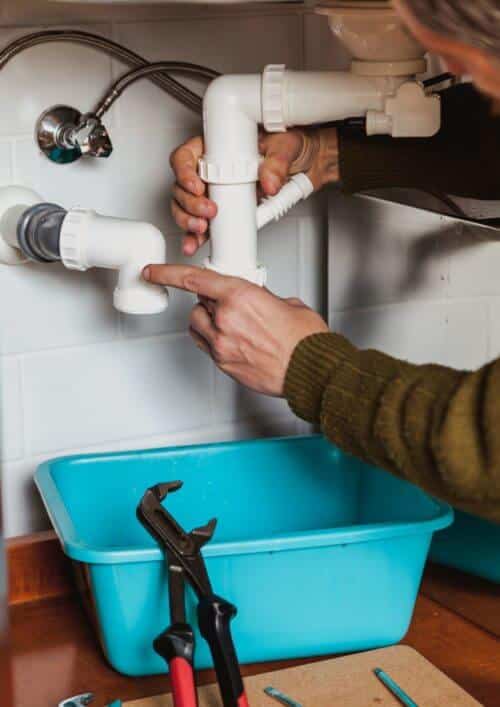
You are aware of the importance of the piping system in your home, and that is why you would probably want to find a permanent solution for this issue.
We must mention temporary repairs are sometimes as effective as permanent ones, but the key to this is in detecting the leak in time.
Yet, we have a solution for the early stages of PVC pipe leaking as well as for the ones who ignored or didn’t notice the problem once it broke out.
1.Repair Tape
If you are lucky enough, you won’t get a headache over how to fix PVC pipe leak, as a simple rubber and silicone repair tape may be the optimal solution for you.
Repair tape is stretchy, gummy, and sticky, which makes it easy to adjust to the pipe and the leaking spot.
The thing with the silicone and rubber repair tape is in the compression of each wrap, and that is all you need when dealing with a leak.
Wrap it around the leaky spot, but make sure to extend the wraps around the wider area to secure things completely.
In case there are a couple of weak spots on your PVC pipes, you can easily wrap the tape in a spiral fashion to cover the whole surface with it.
Even though the trick with the rubber tape is the easiest one, it can’t fix major leaks, and it is hard to work within tight spaces.
2. Fiberglass Wrap
Similarly to rubber tape, fiberglass tape is a great solution for leaks as it is coated with water-activated resin.
It is simple to use – just wet the towel and wrap the fiberglass wrap around the joint or the pipe.
Wait for about 15 minutes, and there you go – the resin will harden and prevent the leak.
3. Hose Clamps
If you are dealing with a not-so-serious leak but would like to secure things just in case, then rubber tape and a couple of hose clamps will calm you down.
As you would usually do with a minor leak, wrap the rubber around the joint or a piece of pipe.
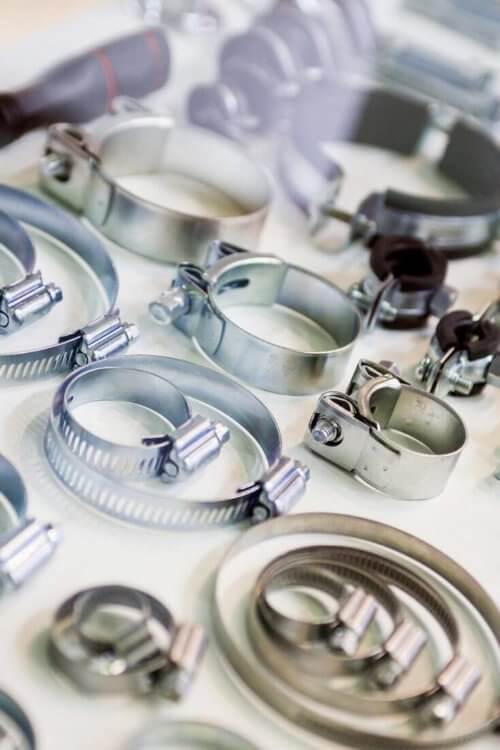
Next, open a couple of hose clamps and separate them in order to make it easier to place them around the spot of leak on the pipe.
Make sure to tighten hose clamps all the way, as that will create a compressing effect and stop the leak.
This trick will buy you some time in case you are tight on the budget at the moment, while it solves the issue with minor leaks in seconds.
Note: Apply this trick only with smooth pipe sections and avoid edges where fittings meet pipe or contours.
How to Fix PVC Leak – Alarming Stage
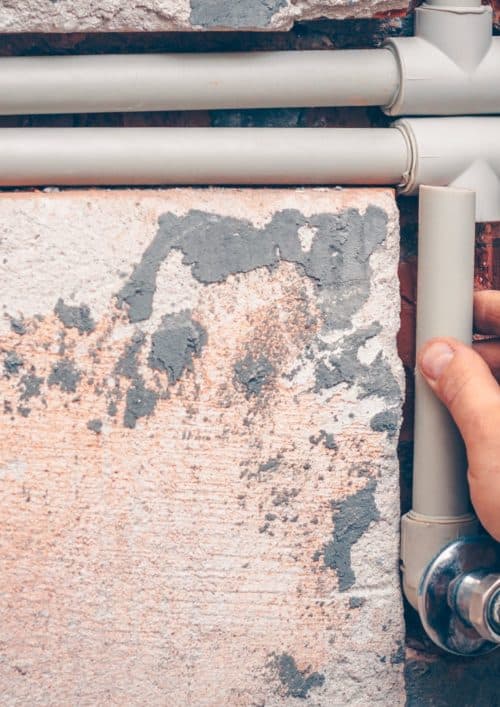
Just as we promised, we have solutions for either PVC leak in your home – minor or major.
Even if the leak is about to cause severe damage, you still have time to fix it by following our advice.
1.The Source of Leak
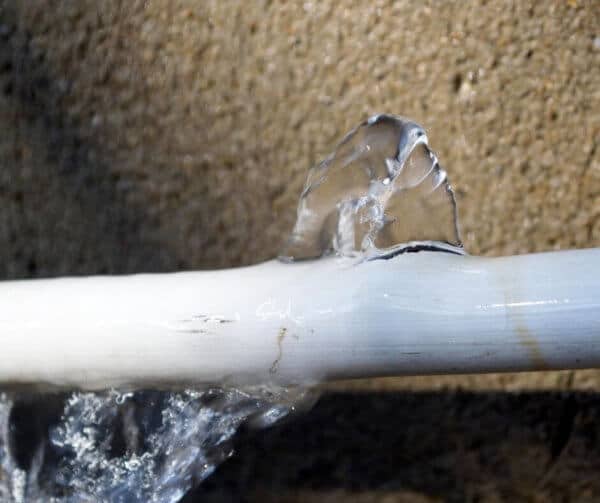
If you want to fix the leak, the most important thing to do is to detect its source.
Sometimes it would be a piece of cake to find the leaky spot, but other times you would have to inspect a bit deeper.
However, no matter how far the leaky spot is, water will travel along the pipe all the way from the source of the leak.
Dry the pipe with a cloth or a towel and wait for the next water drop to appear.
This way, you will also detect whether the issue is with the pipe or at the joint.
2.Turn off the Water Supply
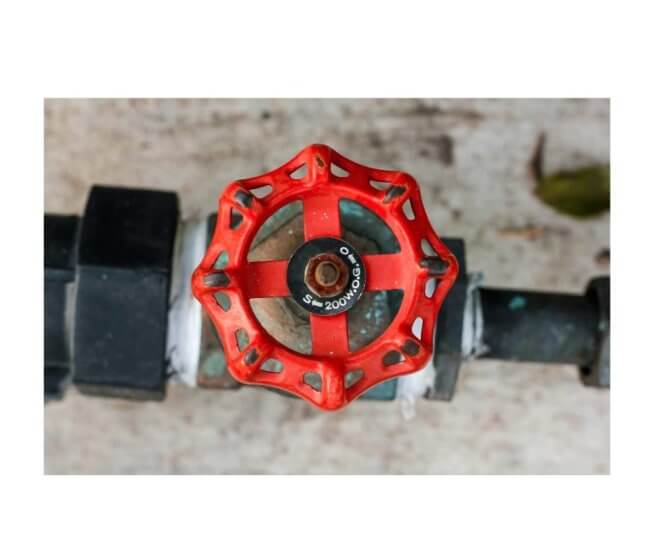
Now that you identified all the points of leaks, you should halt the water supply.
If you are unsure whether you would remember where the issue is coming from, mark the spots with a marker.
3.Drain the Pipes
In case there is any water left inside the pipes, it will create pressure within.
You want to relieve pressure from the pipes before making any further steps towards a repair.
Open the taps to drain the water, but place a basin underneath the leaky spot just in case as well.
4.Remove the Damaged Section
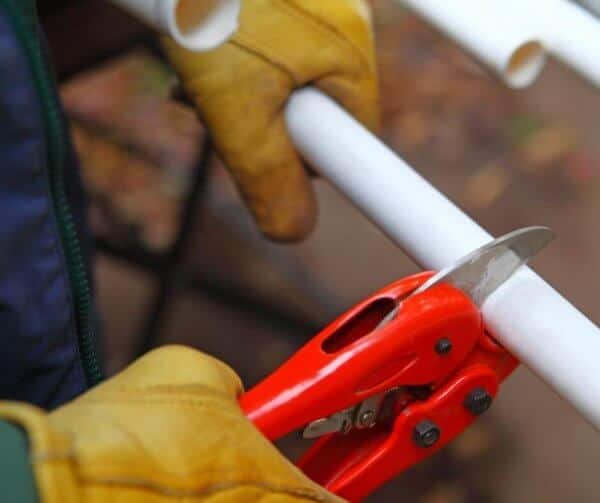
As we are talking about major leaks here, the only option left is to replace the damaged section with a new one. In other words – when the leak is obvious, cut away about 1 inch on both sides of the PVC pipe.
Don’t be afraid to cut even a bigger section, as you may prevent the likelihood of reappearance of the leakage in that area.
When making a cut, hold the jaws at 90-degrees and make a clear and straight cut.
After removing the damaged area, you can expect some water to appear, but it won’t take long before everything is dry.
You can use a cloth or a towel to gather any water left in the pipe.
5.Dry Fitting
When it comes to pipes, things can get delicate, which means – don’t hurry things as a mistake will lose you more time and money.
You want to check if the replacement piece would fit the hole, which is called dry fitting.
Once you start gluing, there is no returning back, so make sure to double check if the piece is of the right size.
6.Apply PVC Primer and the Cement
If you want to fit the piece into the pipe, you will need PVC primer and the PVC cement.
Here, you will need two brushes for application.
The main function of the primer is to ensure the cement will seal everything properly and to remove the shine from the pipe.
Once the primer is dry, the pipe will turn to a matte shade, which is a clear sign you should start applying the cement.
Apply a generous amount of the cement on both sides of the pipe – inside and outside.
Don’t let the cement dry, but start inserting the replacement piece by twisting and pushing it into the cement.
Once you insert the replacement piece in whole, hold everything together (the pipe and the joint) for 15 seconds more, just to ensure everything is sealed properly.
Bottom Line
As you can see, our tips on how to fix PVC leak are easy to follow.What you will see is they give results!
Don’t rush things with this, especially if there is a major leak.
You want to prime everything well and ensure the glue is dry.
Once the glue dries, turn the water supply back on, and, hopefully – the leak will be long gone and you will save some money.
Make sure to remember out advice on how to fix PVC pipe leak, as you can be your own emergency plumber any time you need it.

Michael Davis is a heating & plumbing expert who currently works as independent contractor in SC. He also writes for Plumbertip.
For almost 10 years he worked on various plumbing tasks across South Carolina.
